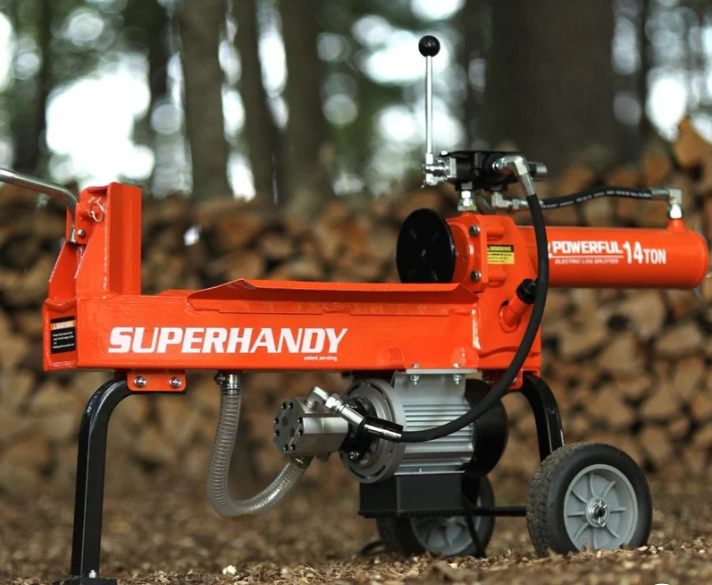
You want to use an electric log splitter without stress or injury. An electric log splitter helps you make firewood faster. You can save time with an electric log splitter if you know the right way. Safety comes first when you use an electric log splitter. Get ready to split wood like a pro with your electric log splitter.
Electric Log Splitter Safety
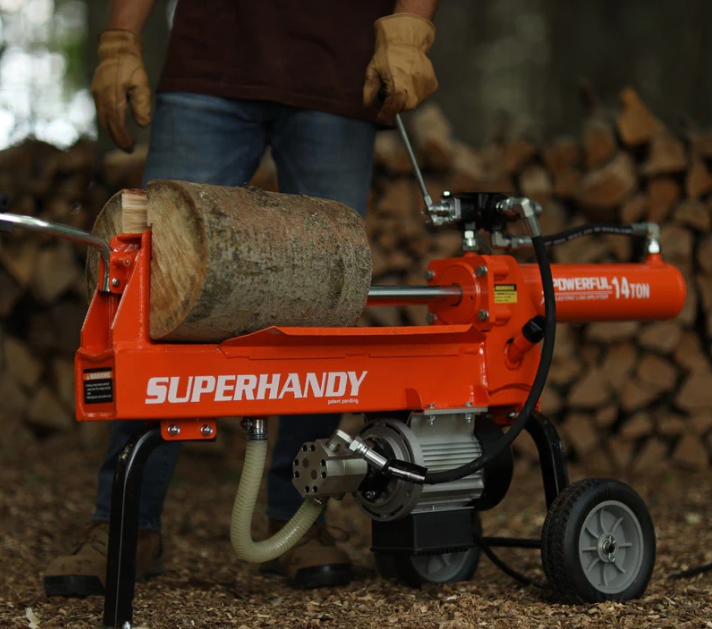
Preparation Steps
Read the manual before you use the log splitter. This helps you learn the controls and safety rules. Always look at your machine for leaks or loose parts. Check for cracks too. Put the splitter on flat, steady ground. If your splitter can be towed, unhook it and make sure it is secure. Get your logs ready by taking out nails or stones. Check if the logs are wet. If you have a new model or feel unsure, read the manual again. Doing this helps you stay safe and avoid accidents.
Tip: Reading the manual each time you use a new splitter helps you stay safe and avoid mistakes.
Safety Gear
Wear the right gear when you use the log splitter. The most important things are gloves, goggles, and strong boots. Gloves keep your hands safe from splinters. Goggles protect your eyes from flying wood chips. Strong boots keep your feet safe from heavy logs. Some people wear face shields or hard hats for more safety. Do not wear loose clothes or jewelry. These can get caught in moving parts.
Purpose |
|
|---|---|
Gloves |
Protect your hands from splinters |
Goggles |
Shield your eyes from debris |
Hard Hat |
Protect your head from falling objects |
Boots |
Keep your feet safe from heavy logs |
Face Shield |
Extra protection for your face |
Workspace Setup
Get your workspace ready before you use the log splitter. Pick up any tools, trash, or clutter. Put the splitter near your wood pile to save time. Make sure you have enough room to move safely. Keep kids and pets away from the area. Work in a spot that is safe from rain or wind if you will be outside for a long time. Electric log splitters are quieter and better for the environment than gas ones. You still need to follow safety rules to stop accidents.
Guideline |
Description |
|---|---|
Stable and Level Ground |
Prevents tipping and keeps the splitter steady |
Adequate Space |
Lets you move and handle logs safely |
Safety Zone |
Keeps people and pets out of harm’s way |
Protection from Elements |
Shields you from bad weather |
How to Use a Log Splitter: Steps
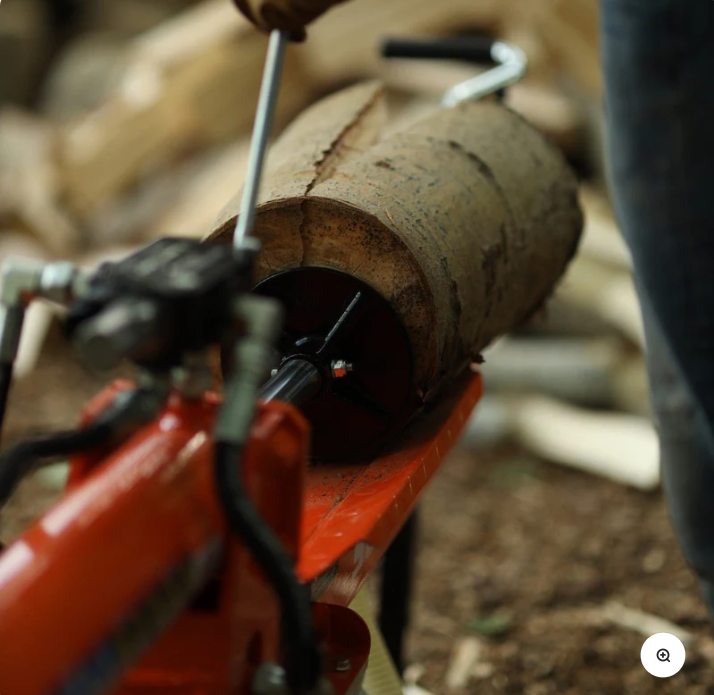
Preparing Logs
Before you start splitting, take a close look at your logs. Check for knots, cracks, or odd shapes. Knots and deformities make logs harder to split and can even damage your log splitter. These defects also make the process less safe. Try to pick logs that are straight and free from big knots. If you see a log with a knot, line it up so the grain runs with the wedge. This makes splitting easier and safer.
Cut your logs to the right size for your log splitter. Most machines have a maximum length and diameter. If your logs are too big, cut them down first. Remove any dirt, rocks, or metal from the wood. These things can hurt your machine and slow you down. Dry logs split better than wet ones, so let your wood dry out if you can.
Tip: Always check your logs before you start. Clean, dry, and straight logs make the job faster and safer.
Loading and Operation
Now you are ready to load your log splitter. Place the log on the machine with the cut end facing the wedge. Make sure the log sits flat and steady. Keep your hands away from the splitting area at all times. Use the controls or a push stick to move the log into place. Never reach near the wedge or ram while the splitter is running.
Here are some simple steps for safe loading:
Stand to the side of the log splitter, not in front.
Hold the log by the ends, not the middle.
Use both hands to steady the log, but move them away before you start the machine.
Use the ramstop feature if your splitter has one. This stops the ram from traveling the full length, saving time on shorter logs.
If you want to know how to use a log splitter safely, always pay attention to your hand placement. Never rush. Take your time to set each log correctly.
Efficiency Tips
You can split more wood in less time if you use a few smart tricks. Group logs of the same size together. This way, you do not have to adjust your log splitter as often. Some splitters have attachments that let you split a log into four pieces at once. This saves a lot of time. Use a table or catcher to keep split logs off the ground. You will not have to bend down as much, which saves your back and speeds up your work.
Here are some top strategies for getting the most out of your log splitter:
Strategy |
Description |
|---|---|
Choosing the right tools |
A high-quality log splitter makes splitting faster and easier. |
Proper positioning |
Place the log correctly on the splitter for smoother splitting. |
Using the appropriate force |
Know how much force you need for each type of wood to avoid wasting energy. |
Optimizing your technique |
Use natural cracks in the wood to split logs more efficiently. |
Note: If you follow these tips, you can save a lot of time. Grouping logs, using four-way splitters, and keeping your work area organized all help you work faster and safer.
Log Splitter Maintenance
Taking care of your log splitter keeps it running well and helps you avoid breakdowns. Check the hydraulic fluid and filter often. Clean fluid keeps your machine working smoothly. Change the oil and hydraulic fluid after about 150 hours of use. This removes dirt and keeps the parts from wearing out. Inspect moving parts like the wedge and cylinder. Lubricate them so they do not get stuck. Look at hoses and connections for leaks or damage. Replace them if you see any problems. Keep the wedge sharp so it cuts through wood easily.
Here is a quick guide for regular maintenance:
Maintenance Task |
Description |
|---|---|
Hydraulic Fluid and Filter |
Check and replace fluid and filter to keep the splitter efficient. |
Inspection of Moving Parts |
Lubricate wedge and cylinder to prevent sticking. |
Hoses and Connections |
Look for leaks or damage and replace if needed. |
Sharpening the Wedge |
Keep the wedge sharp for easy splitting. |
Seasonal Checks |
Do a full check at the start and end of each season. |
When you finish splitting, clean off debris and wood chips. Store your log splitter in a dry place. If you keep it outside, use a waterproof cover. This protects it from rust and weather damage. For gas-powered models, drain the fuel or use a stabilizer if you will not use it for a while.
Best Practice |
Description |
|---|---|
Cleaning After Use |
Remove debris to prevent problems with the mechanism. |
Protecting from Elements |
Use a cover to keep out rain and snow. |
Dry Storage |
Store indoors or in a dry spot to stop rust. |
Fuel Storage (Gas Models) |
Drain or stabilize fuel for long-term storage. |
If your log splitter starts to shake or loses power, check the hydraulic oil level. Air in the oil lines or leaks can cause problems. Open the bleed valve and cycle the pressure plate to fix air issues. If the ram does not return, the nut may have come off. Use a narrow rod to push it back, or call a professional.
Knowing how to use a log splitter the right way means you get more done and keep your machine working for years. Regular checks and smart storage keep you safe and save money on repairs.
You can split wood faster and safer when you follow each step. Always wear gloves and goggles, check your logs, and keep your workspace clear. Here are top tips to remember:
Practice |
Why It Matters |
|---|---|
Emergency Stop Button |
Stops the machine fast in trouble |
Two-Handed Controls |
Keeps your hands away from danger |
Regular Maintenance |
Helps your splitter last longer |
Stay alert, keep your splitter sharp, and check parts often. You will get better results and avoid problems.


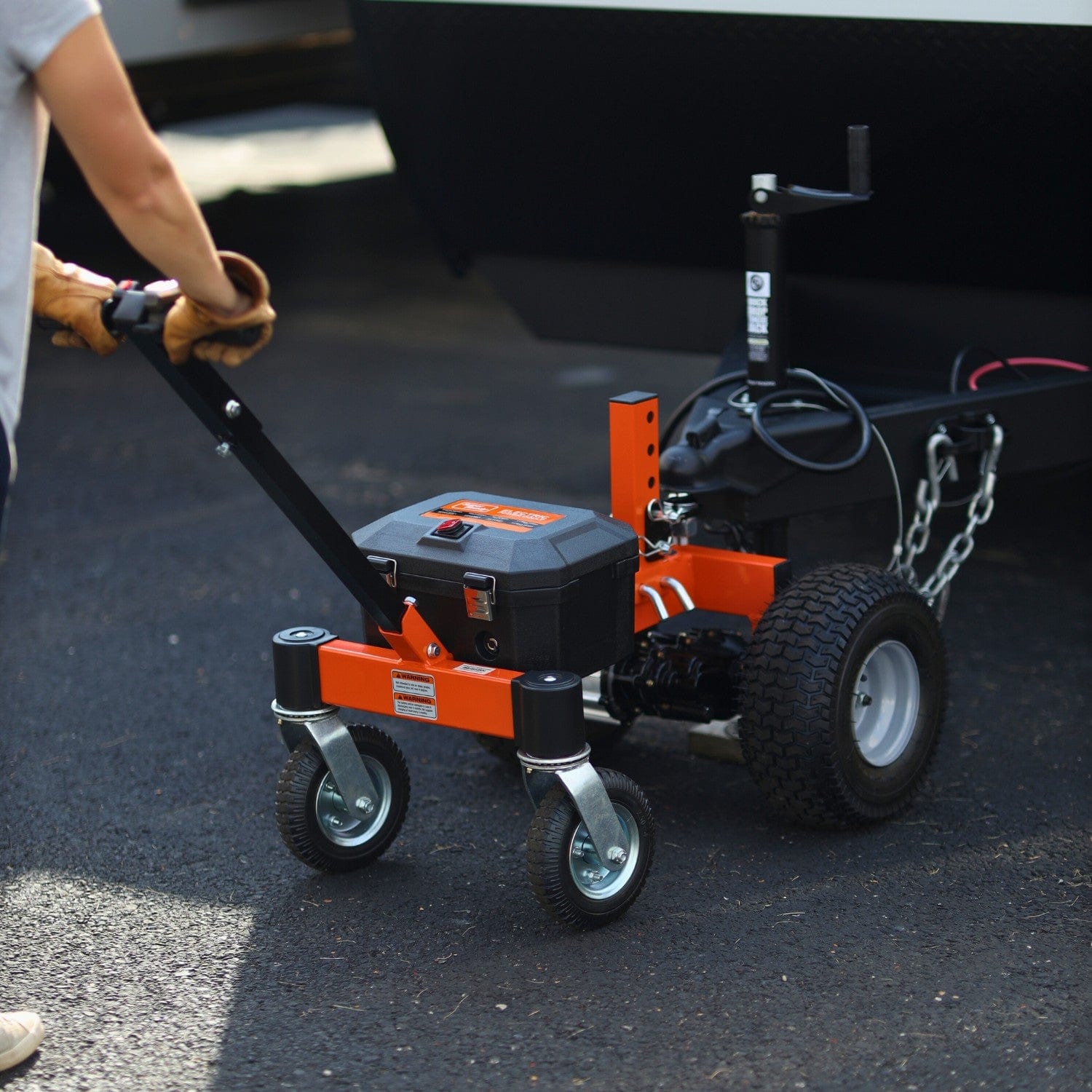
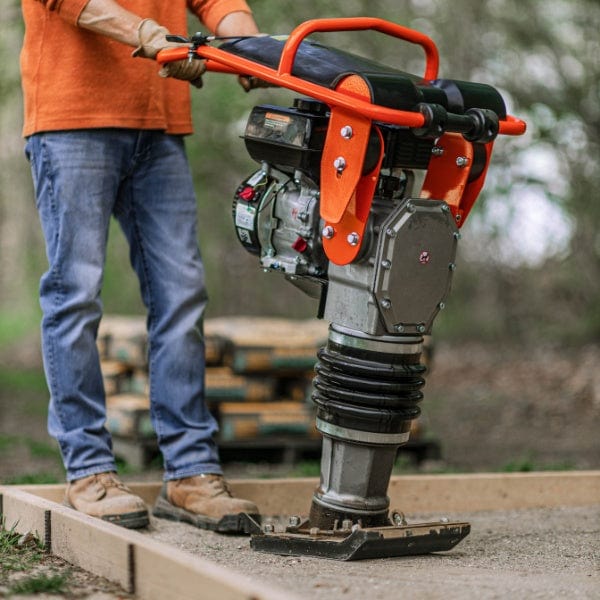
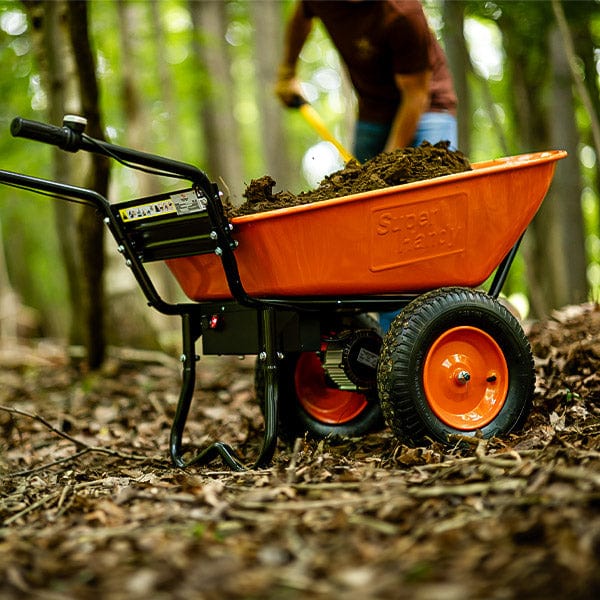


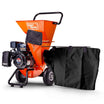
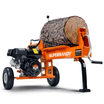

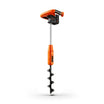
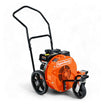



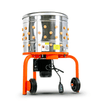
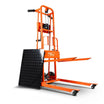

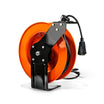

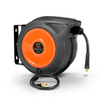


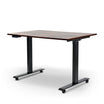


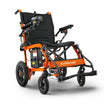


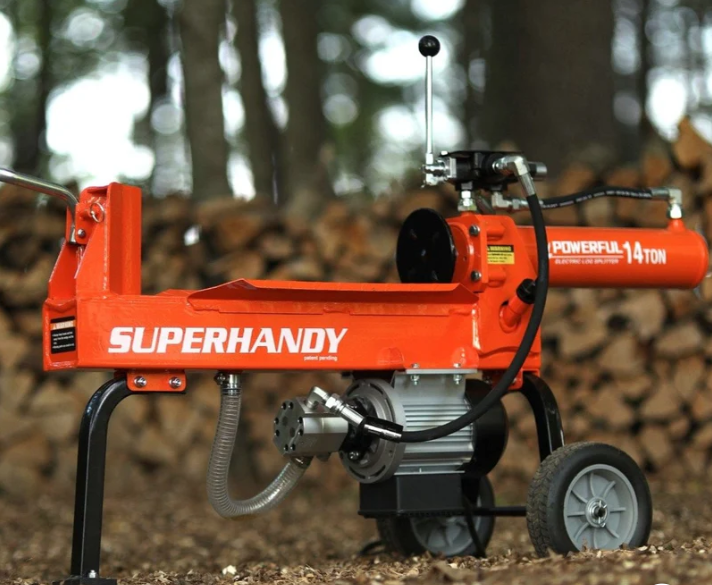
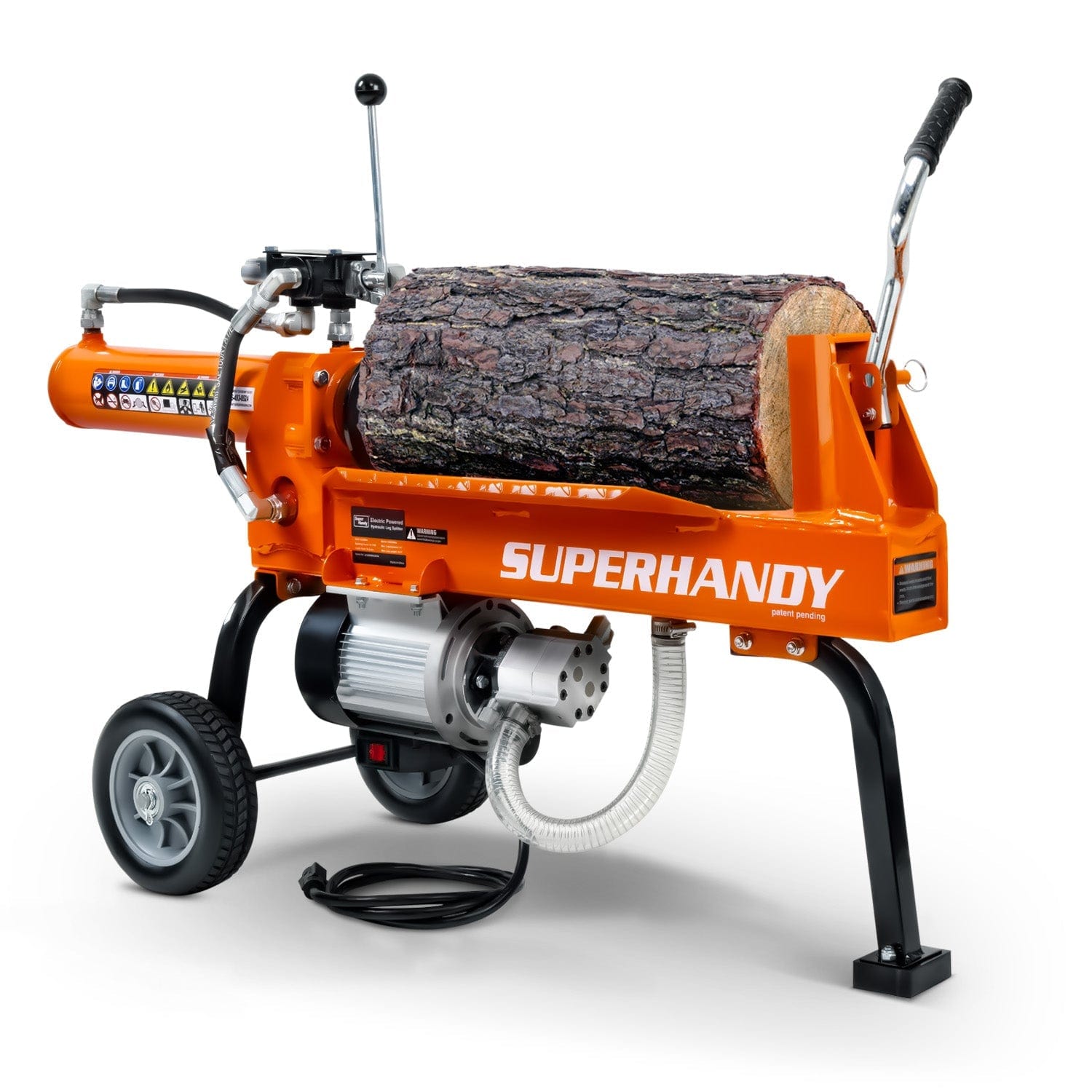
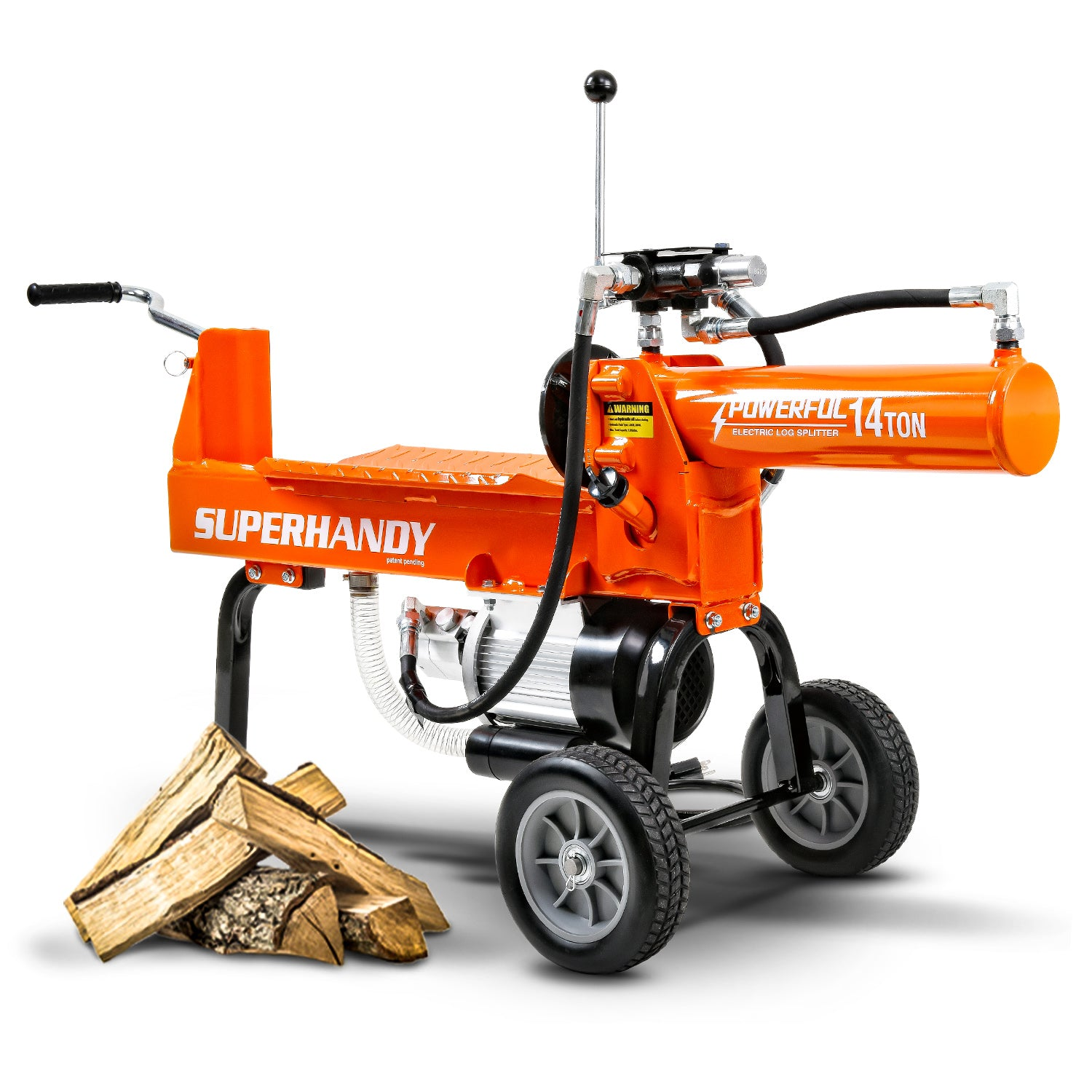
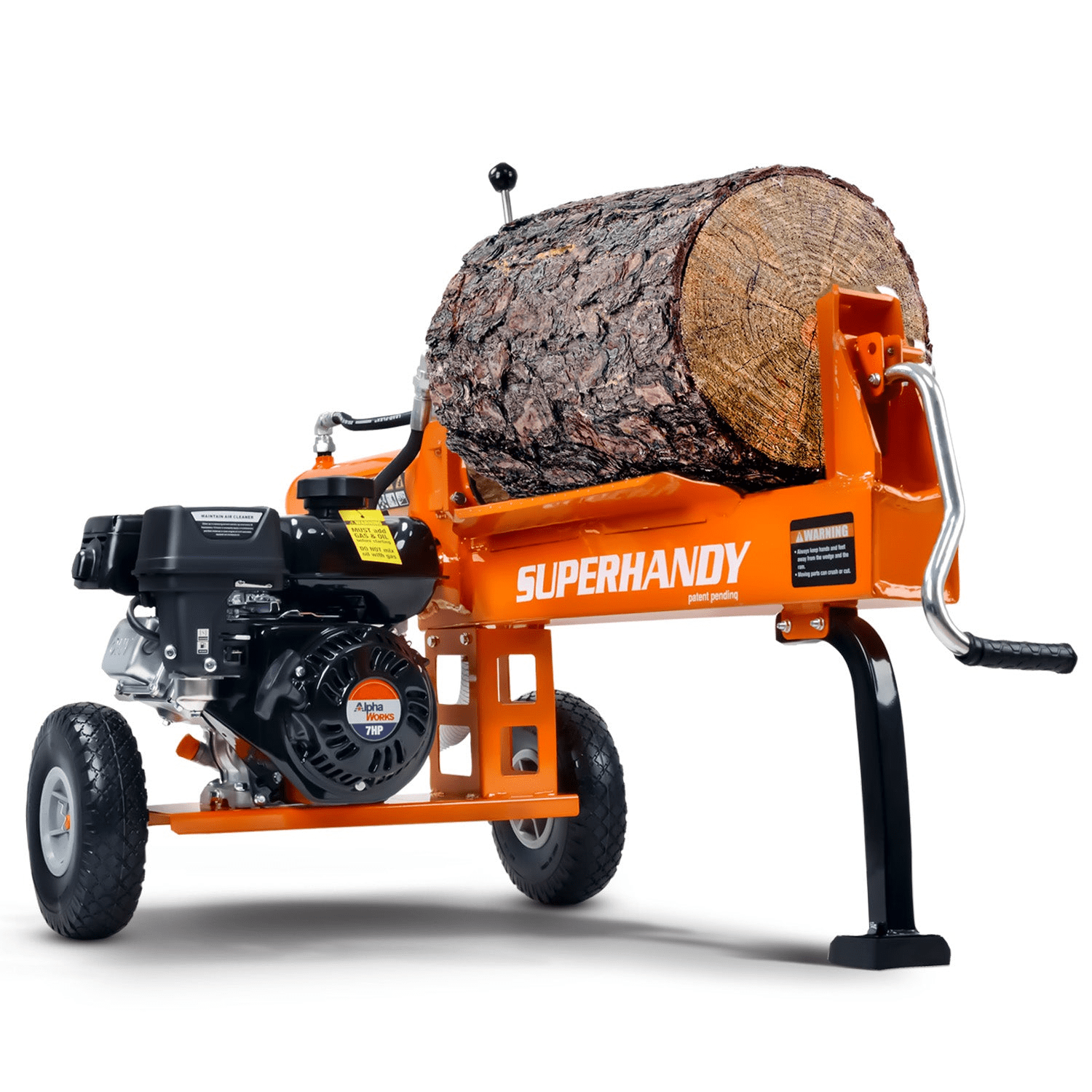
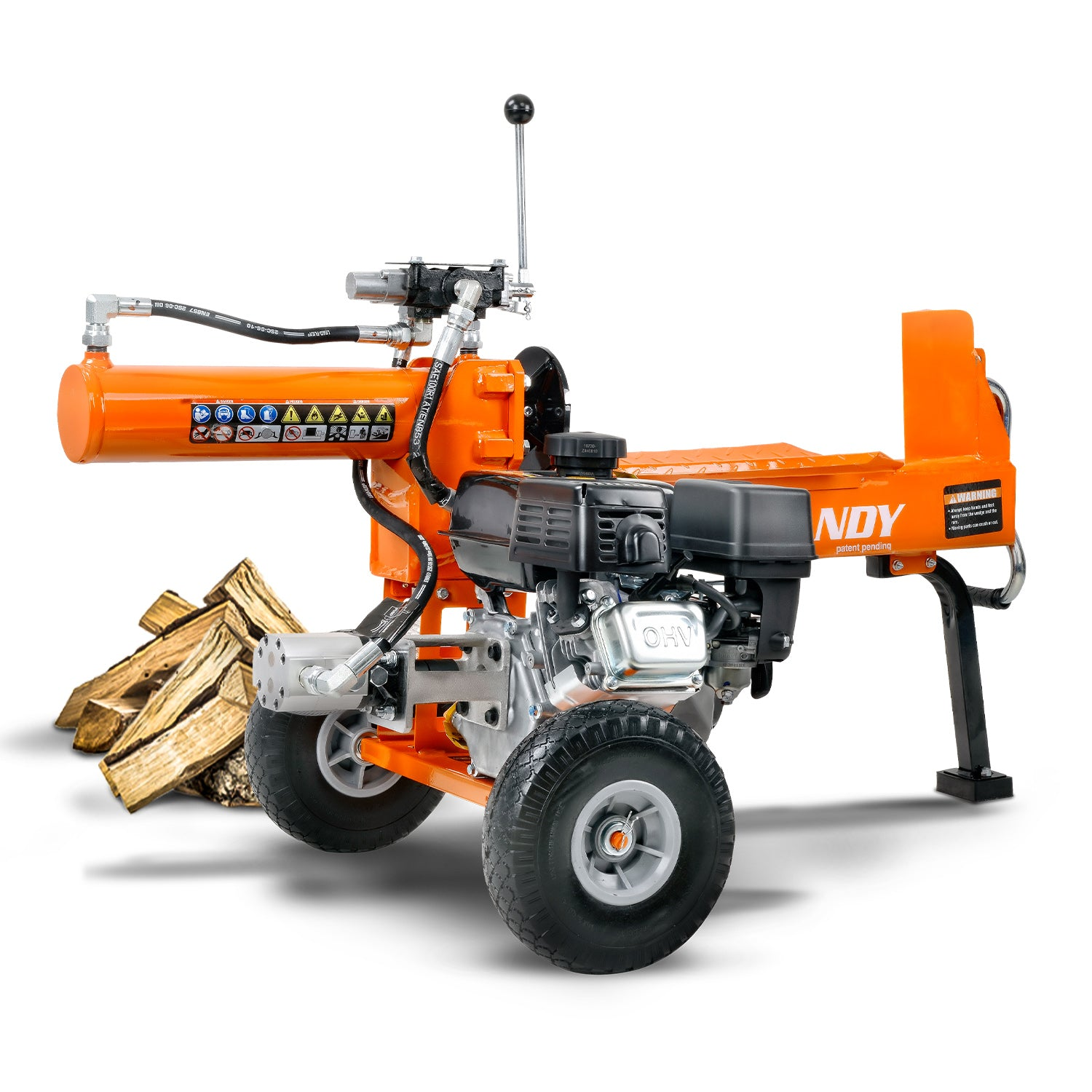
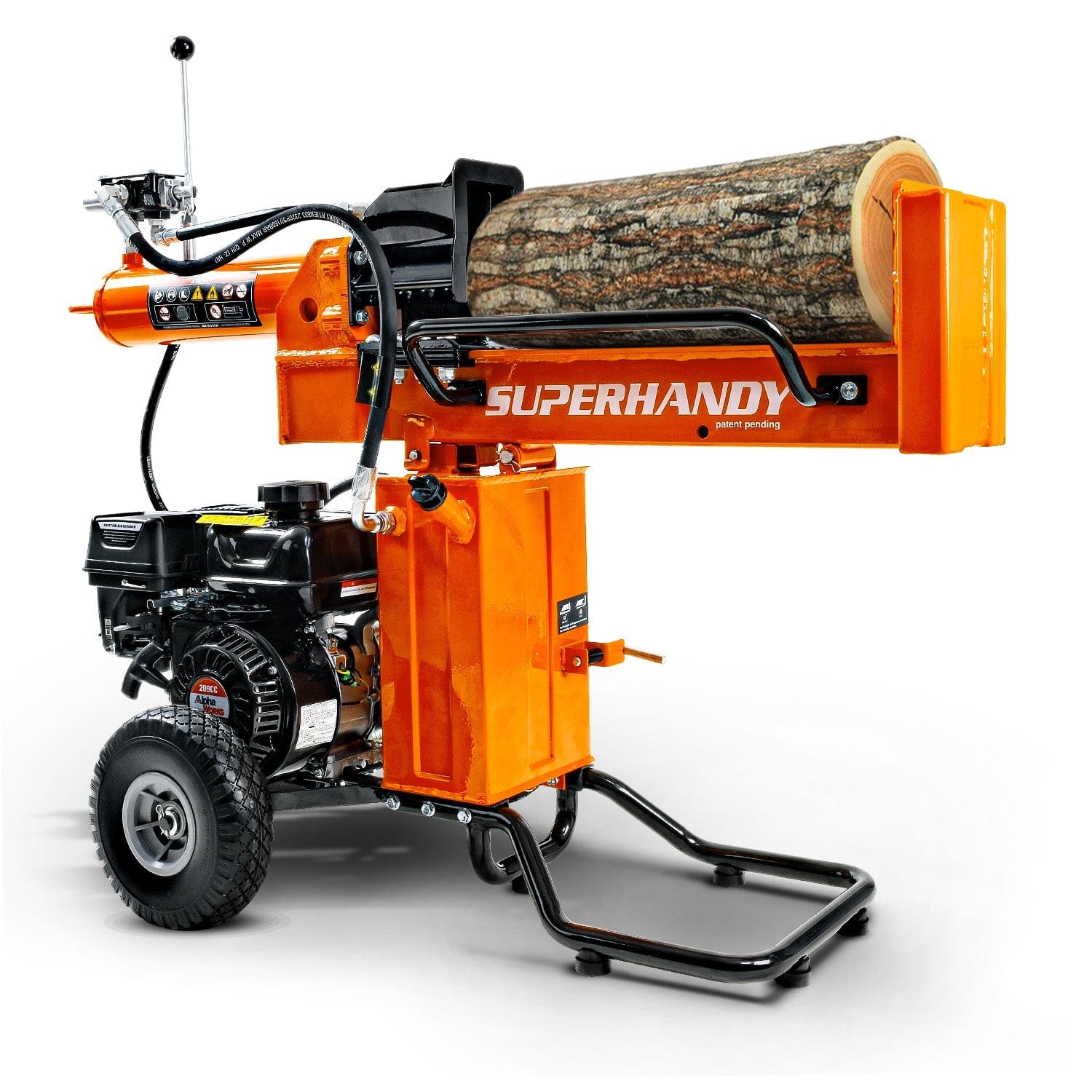

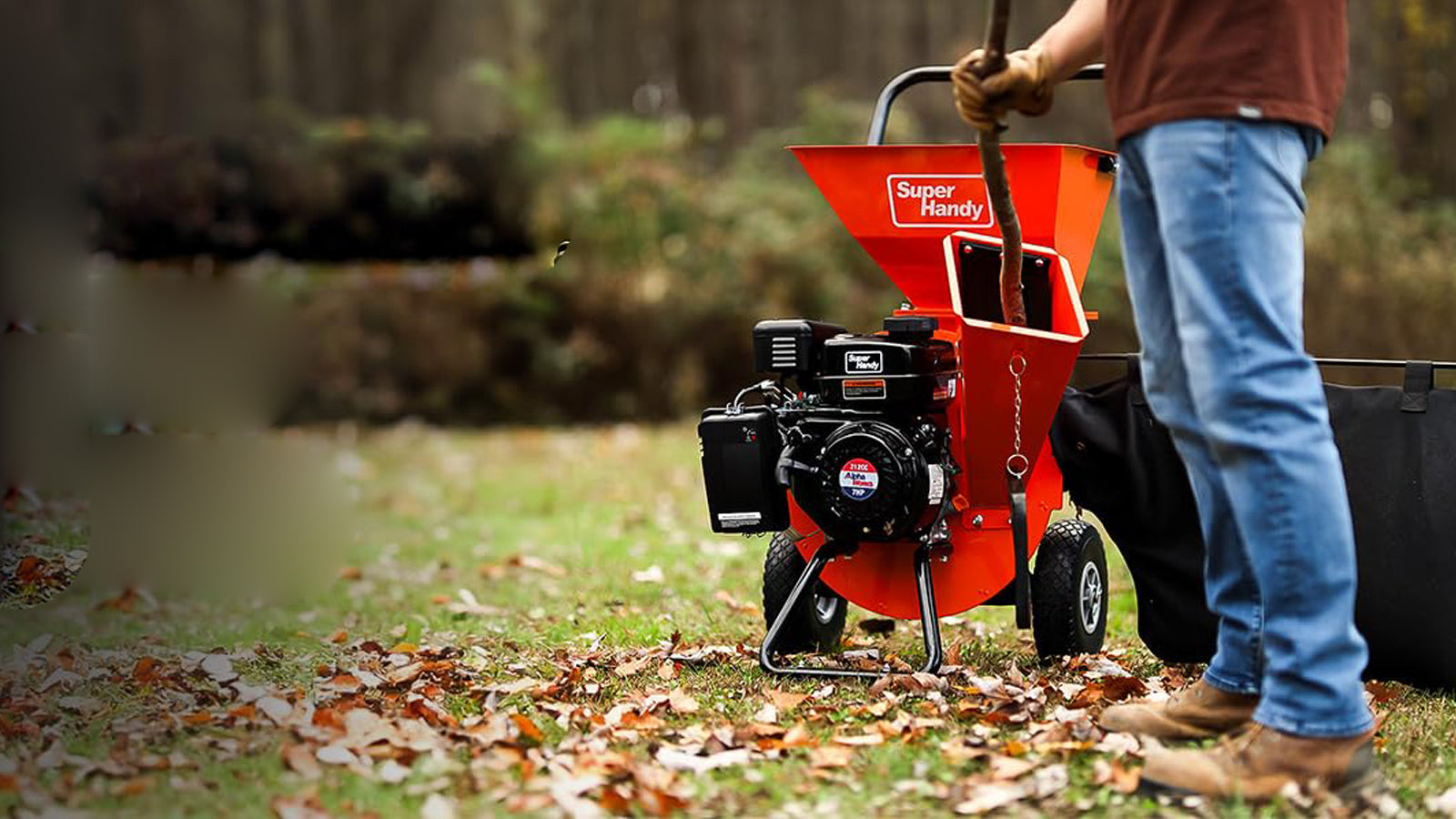
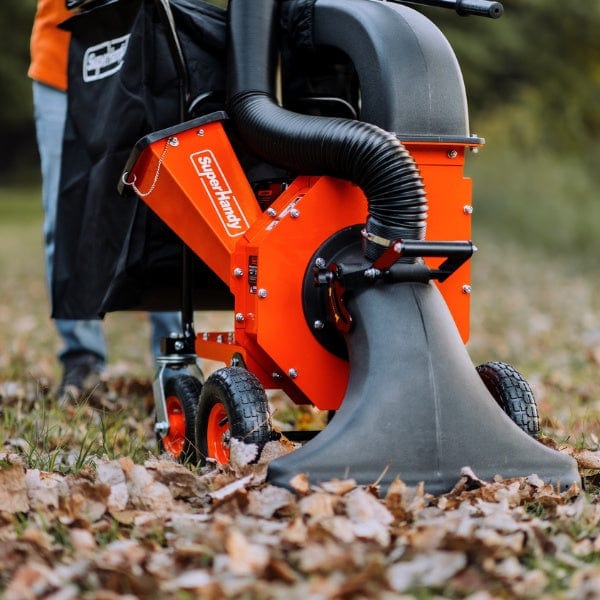
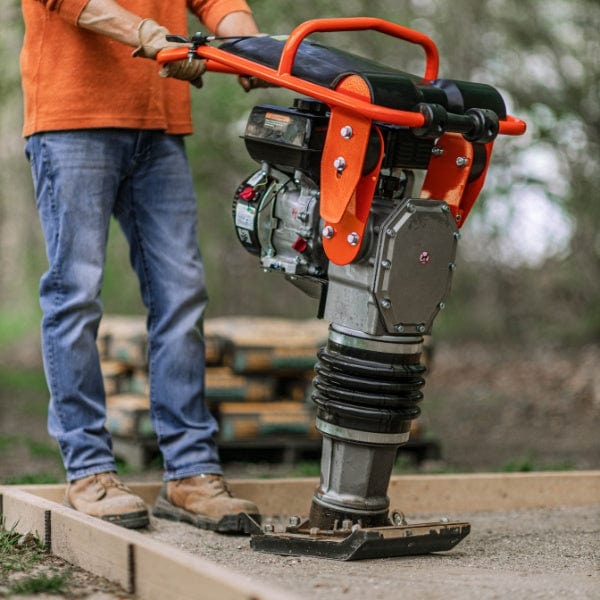

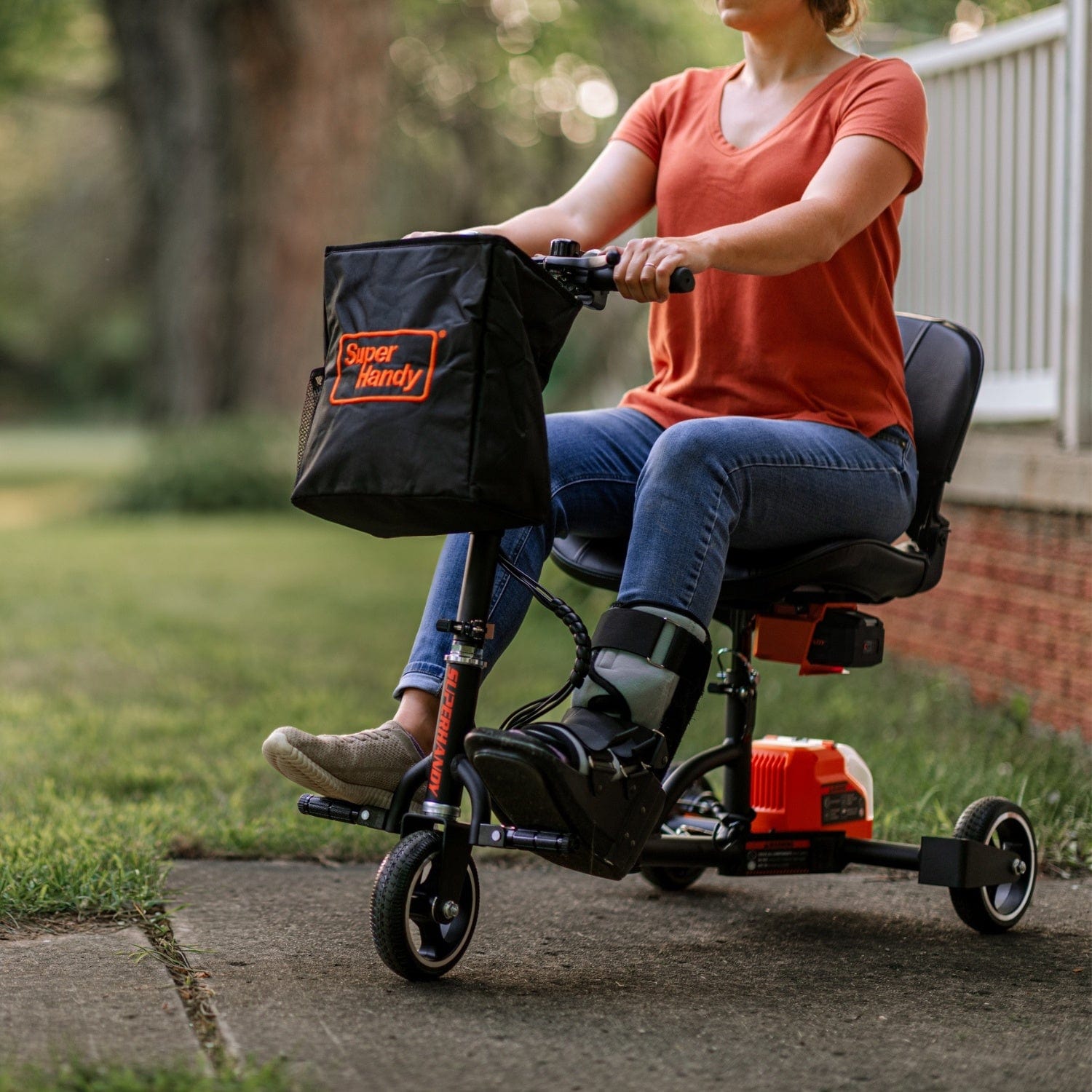
Leave a comment
All comments are moderated before being published.
This site is protected by hCaptcha and the hCaptcha Privacy Policy and Terms of Service apply.